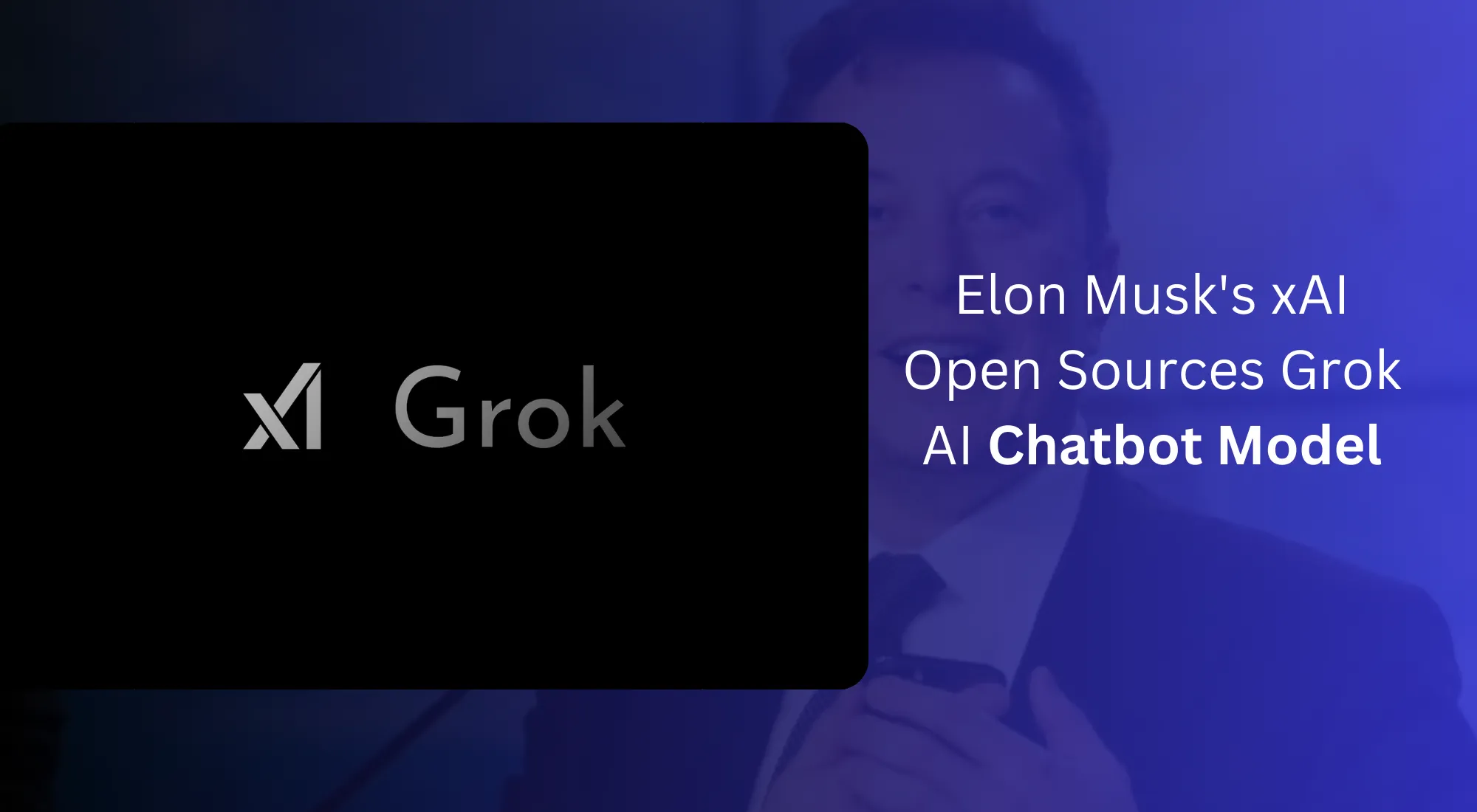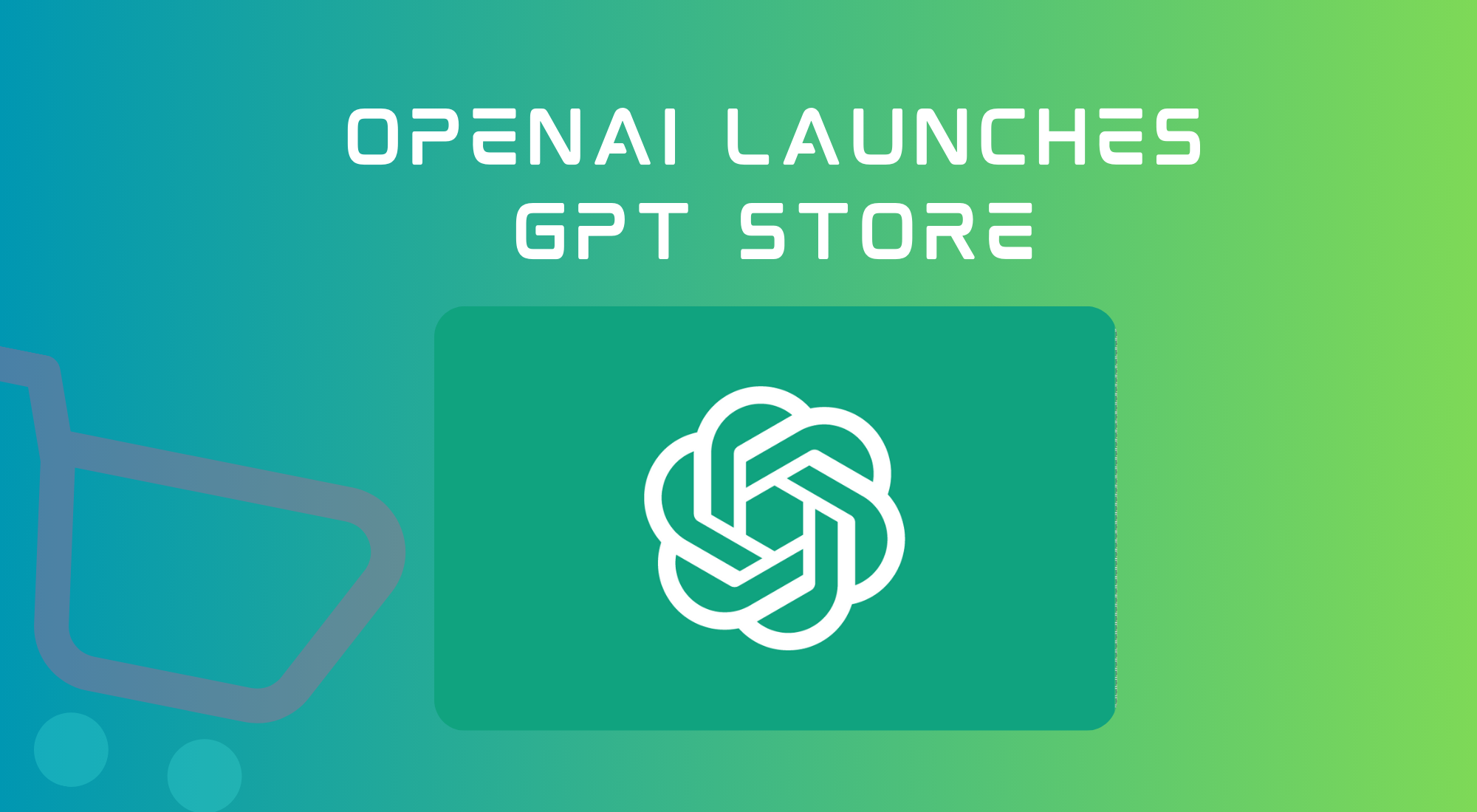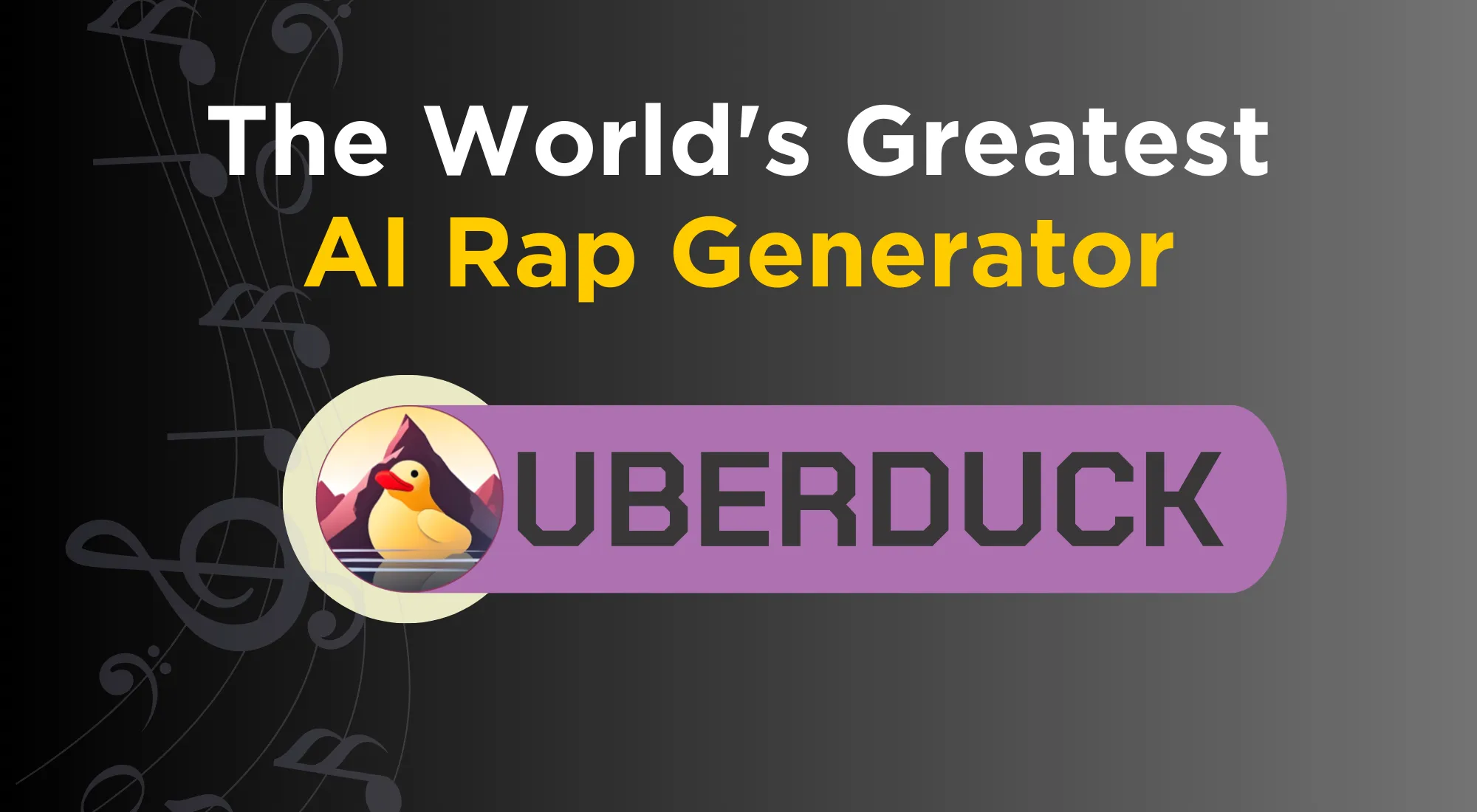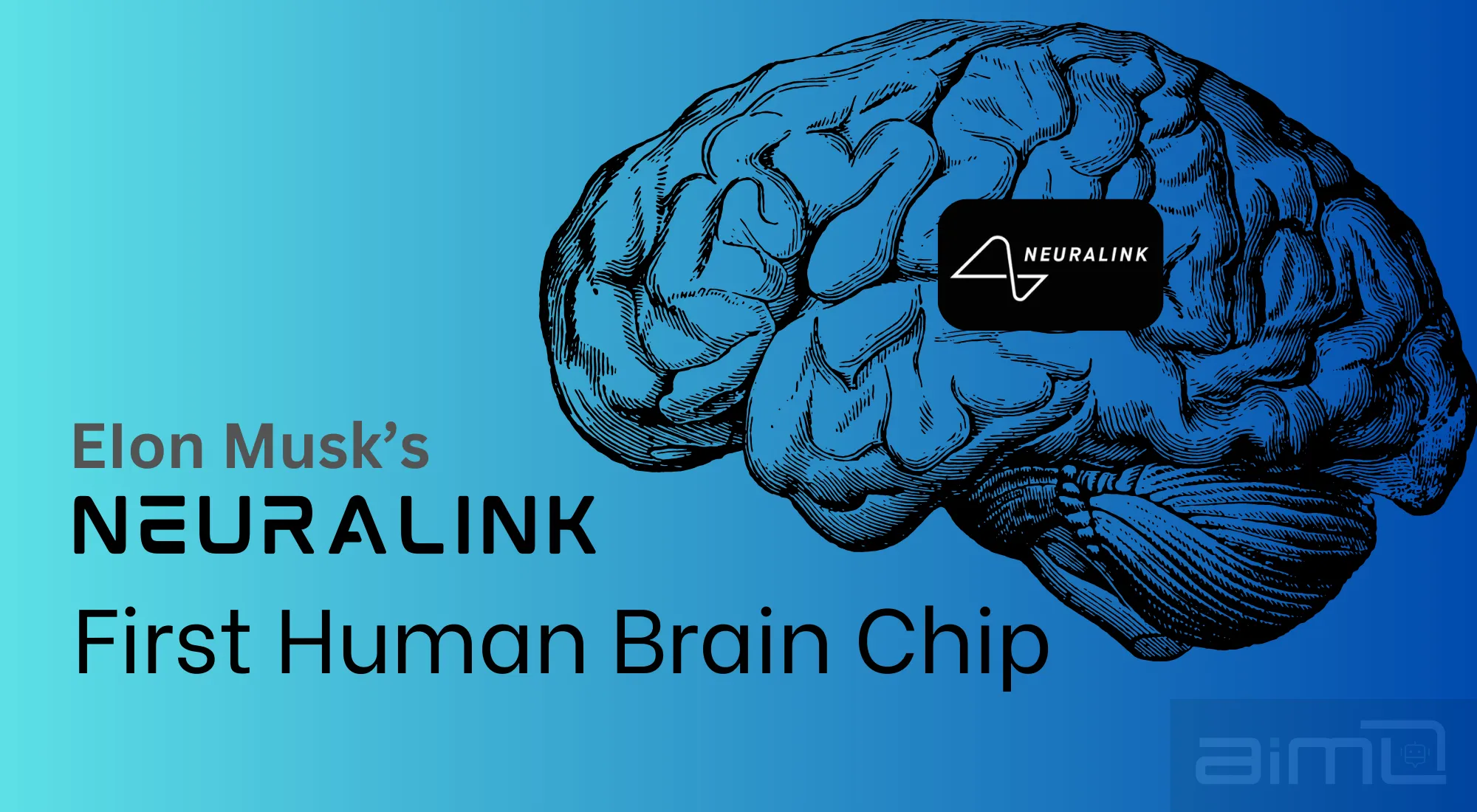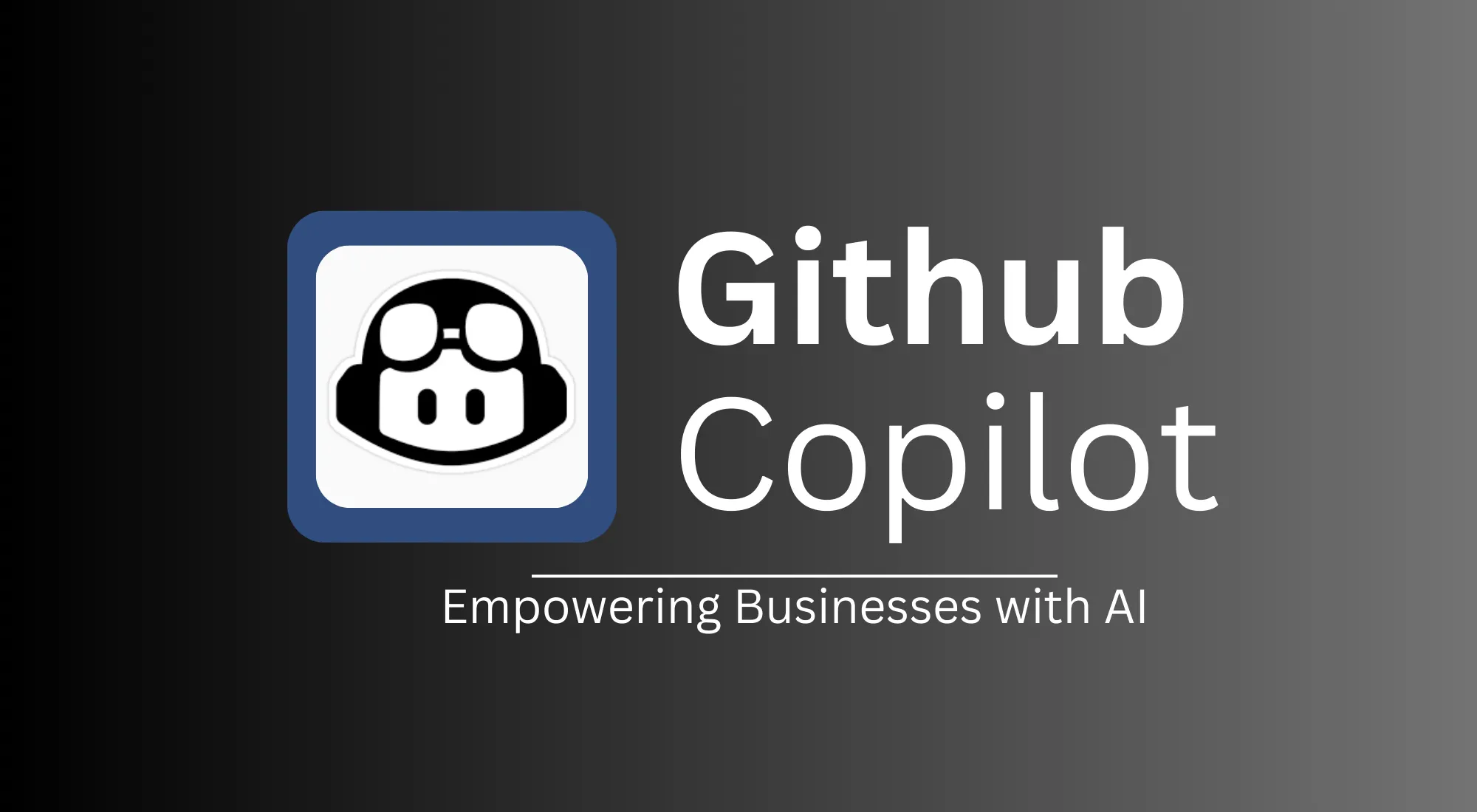Elon Musk’s xAI and the Advent of Grok: A Leap in AI Accessibility
In the ever-evolving landscape of artificial intelligence, Elon Musk’s xAI has made a groundbreaking move with the release of Grok-1, a large language model that stands as a testament to the company’s commitment to open-source principles and the democratization of AI technology.
The Grok-1 model, boasting an impressive 314 billion parameters, represents a significant leap forward in the capabilities of AI models, surpassing its predecessors in both scale and potential applications.
Unveiling Grok: A Look at Elon Musk’s xAI Offering
The decision to release Grok-1 under the Apache 2.0 license is a bold statement in the ongoing conversation about the accessibility of AI. By making the weights and architecture of Grok-1 publicly available, xAI has provided researchers, developers, and enthusiasts with the tools to explore, modify, and potentially enhance the model’s capabilities.
This open approach contrasts sharply with the more guarded stance of some other AI entities, sparking a dialogue about the future direction of AI development and the ethics of accessibility.
Grok-1: A Powerful LLM
Grok-1’s architecture, a Mixture-of-Experts model, is designed to be versatile and adaptable. Unlike models that are fine-tuned for specific tasks, Grok-1 offers a raw base model checkpoint, allowing for a wide range of applications and customizations. This flexibility is crucial for fostering innovation and could lead to new breakthroughs in how AI is integrated into various industries and aspects of daily life.
Independent experts suggest its performance surpasses other open-source LLMs by a significant margin.
However, unlike some freely available models, Grok-1’s openness comes with limitations. While the core architecture and weights are accessible, the training data and code remain under wraps. This approach balances transparency with protecting xAI’s proprietary developments.
Moreover, the release of Grok-1 coincides with its integration into the social media platform X, where it serves as an AI assistant capable of handling “spicy” questions that other AI systems might typically reject. This feature highlights xAI’s willingness to push the boundaries of AI’s conversational abilities and address the demand for more dynamic and less restricted AI interactions.
Elon Musk’s involvement with xAI and the development of Grok underscores his vision for an AI future that is open and unrestricted. The release of Grok-1 is not just a technological milestone; it is a challenge to the status quo and a call to action for the AI community to embrace openness and collaboration.
PromptIDE: Facilitating Interaction with Grok-1
PromptIDE serves as the user interface for interacting with Grok-1. This platform allows developers and researchers to craft prompts, which are essentially instructions guiding the LLM toward a desired outcome. PromptIDE likely streamlines the process of leveraging Grok-1’s potential, making it more accessible to a wider user base.
Also Read :: Devin AI Can Finish Software Engineer’s Job Worldwide?
Final Words…
As Grok-1 enters the public domain, the possibilities are vast. It is an invitation to the global community to participate in the shaping of AI’s trajectory. With the foundational work laid out by xAI, the stage is set for a new era of AI development, one that is more inclusive, innovative, and potentially transformative than ever before.
The implications of Grok-1’s release are far-reaching, and the AI community is poised to witness the emergence of a new wave of AI-driven solutions and services. As we stand on the cusp of this new frontier, one thing is clear: the future of AI is not just being written by the few, but by the many, thanks to the pioneering spirit of companies like xAI and visionaries like Elon Musk.

